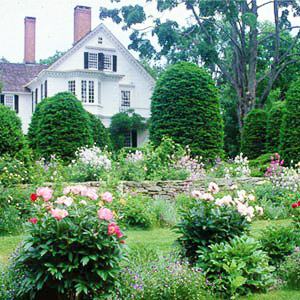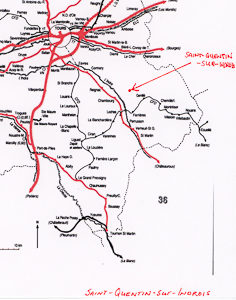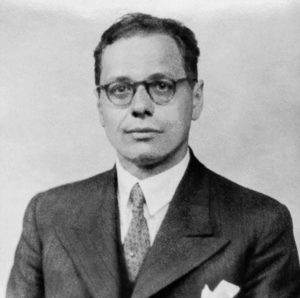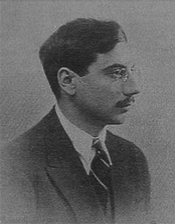My most recent AARP magazine (October/November 2018) featured an article on Martha Hall Kelly, the author of Lilac Girls. Ms. Kelly’s mother passed away in early 2000 so, at the urging of her husband, Ms. Kelly took a therapeutic trip to the Bellamy-Ferriday House & Garden in Bethlehem, Connecticut to see its famous lilac gardens.
While taking the house tour, Ms. Kelly noticed a group of women in a photograph sitting on Caroline Ferriday’s desk. One of the guides watched Ms. Kelly’s fascination with the photo and told her, “Those are the rabbits. Prisoners at Ravensbrück, the largest all-female concentration camp in Hitler’s Third Reich.”

Ms. Kelly admitted she never had any interest in history. That is, until she saw a photograph of the Rabbits and learned of their horrifying stories.
Did You Know?
Did you know the Bellamy-Ferriday House & Garden located in Bethlehem was bequeathed by Caroline Ferriday to Connecticut Landmarks on 27 April 1990, the day Ms. Ferriday passed away? Learn more about the Bellamy-Ferriday House & Garden here.
The house was built in 1754 (with a second building phase in 1767) by Rev. Joseph Bellamy (1719−1790). The family held it until 1868 when several other owners took possession. Finally, in 1912, Henry and Eliza Ferriday purchased the house and its 100-acres. The Ferriday family would spend their summers there (unfortunately, Mr. Ferriday died two years after the purchase) and upon Eliza’s death, their only child, Caroline, inherited the property. She continued to upgrade the house and live there during the summers throughout her life (winters were spent in New York City). The estate is famous not only for the 18th-century house but for the beautiful gardens which Miss Ferriday’s mother began and Caroline expanded. The gardens are known for Caroline’s favorite flower: lilacs.

KZ Ravensbrück
Ravensbrück concentration camp was created in the autumn of 1938 with its first prisoners delivered on 18 May 1939. The camp was built specifically for women and located next to the small town of Fürstenberg, fifty miles north of Berlin. It was also near the hideaway where Heinrich Himmler stashed his mistress. The initial group of prisoners were primarily Polish but soon, women who were Jewish, gypsies, German, and political or resistance members were incarcerated. Female foreign agents (under the Night and Fog program-read the blog here) were sent to Ravensbrück, often to be executed. Eventually, babies and children became part of the camp’s population. During its existence, more than 130,000 people went through Ravensbrück with approximately 90,000 dying from execution, starvation, illness, or being worked to death. Read More The Rabbits of KZ Ravensbrück



